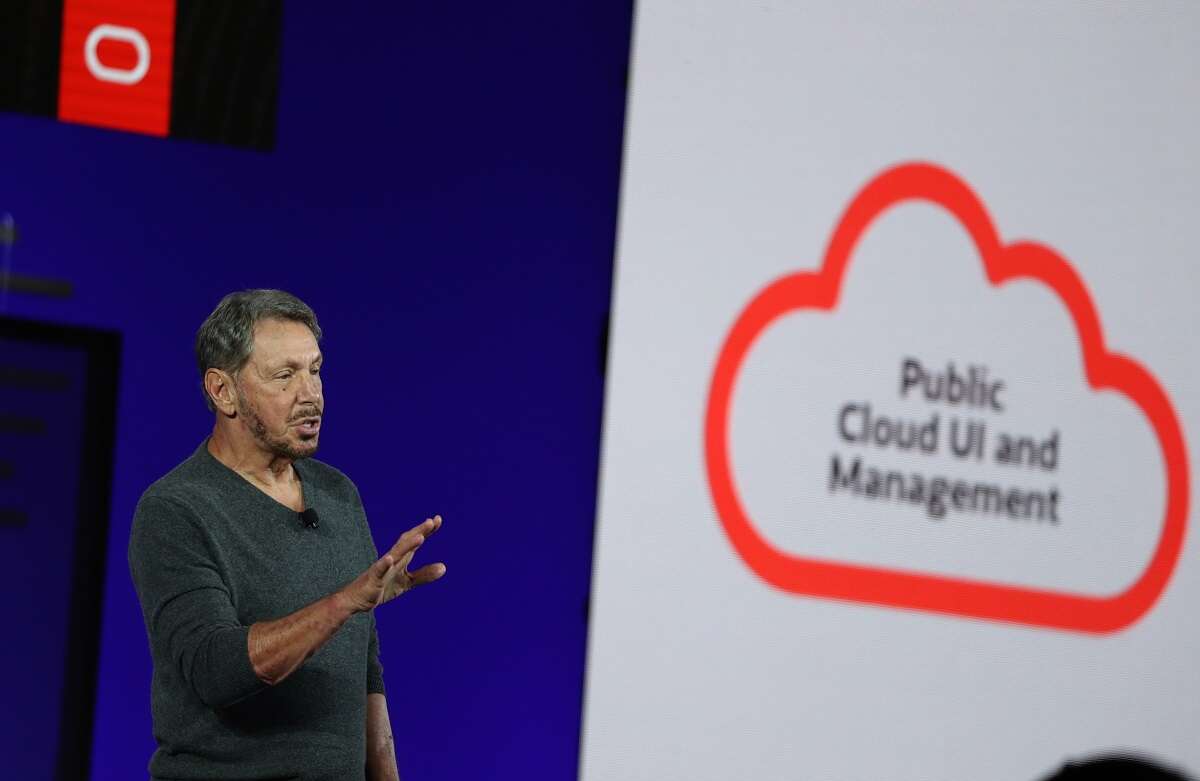
Oracle has announced its flagship database software will now run on processors that use the Arm architecture after it penned a deal with cloud chipmaker Ampere Computing. Previously the software has been designed to run solely on chips built on Intel’s x86 architecture, and the news is a fresh blow to Intel, with the number of enterprise IT vendors embracing Arm for their data centres and cloud platforms growing.

Customers will be able to choose to run their databases on Oracle’s cloud using Ampere’s Altra processor family, the company announced in a blog post overnight. Those using on-premises databases will also be able to switch these to servers running Ampere chips should they so wish.
Oracle and Ampere Computing are best of friends, is Intel the third wheel?
Founded in 2018 by a group of Intel engineers led by Renee James, the chipmaking giant’s former president, Ampere specialises in processors for cloud computing which use the low-power, high-efficiency Arm architecture rather than x86.
Its designs have already proved popular with the hyperscale cloud providers, with Microsoft Azure and Google Cloud both offering Ampere-based servers to their clients. Oracle is also a long-term fan of the company, and has invested more than $400m in it over recent years. Ampere has filed for an IPO and in May launched its new AmpereOne processor family, the first designed entirely in-house by the company (previous designs are based on standard Arm blueprints).
“Today’s announcement highlights the broad architectural shift across the market to Ampere processors that meet the demands of both modern cloud and on-premises environments,” said Jeff Wittich, chief product officer of Ampere. “With the Ampere Altra family of processors, customers of the world’s most popular database – Oracle Database – now have a high-performance, energy-efficient architecture built with sustainability in mind for organisations of all sizes.”
Oracle’s embrace of Arm-based semiconductors reflects a wider trend of the company’s designs, which have traditionally been consigned to the mobile device market, making in-roads in PCs and data centre servers. Apple now makes its own chips based on Arm architecture, and Amazon’s Graviton processors, which it uses in its AWS cloud data centres, are built on blueprints from the UK designer.
All this is bad for Intel, pioneer of the x86 architecture which has traditionally dominated in PCs and data centres, but which is plummeting in popularity among cloud vendors. That said, x86 still rules the roost according to figures from research company Omdia, released last year, which show that Arm chips have a 7% share of the data centre processor market. However, this is up from less than 1% in 2019.
Larry Ellison, Oracle’s founder, was blunt in his assessment of the two architectures. Speaking at an Ampere event yesterday, Ellison said he believes chips from companies like Ampere “are the future”. “The old Intel x86 architecture, after many decades in the market, is reaching its limit,” Ellison said, describing the partnership with Ampere as “a major commitment”.
Ellison and Oracle splash ‘billions of dollars’ on Nvidia GPUs
Ellison also used the Ampere event to lift the lid on Oracle’s chip-buying strategy. The company has been trying to make in-roads in the cloud market by offering database services that can meet the needs of artificial intelligence companies and those running AI workloads. The recent AI boom, sparked by OpenAI’s ChatGPT, has seen demand for cloud services that can handle high-performance workloads spike.
As such, Ellison said Oracle is spending a lot of money on GPUs from Nvidia, the company that provides the hardware that underpins the vast majority of large language AI models. Its top-of-the-line AI GPU, the A100, retails for over $10,000 a chip.
“This year, Oracle will buy GPUs and CPUs from three companies,” Ellison said. “We will buy GPUs from Nvidia, and we’re buying billions of dollars of those. We will spend three times that on CPUs from Ampere and AMD. We still spend more money on conventional compute.”






